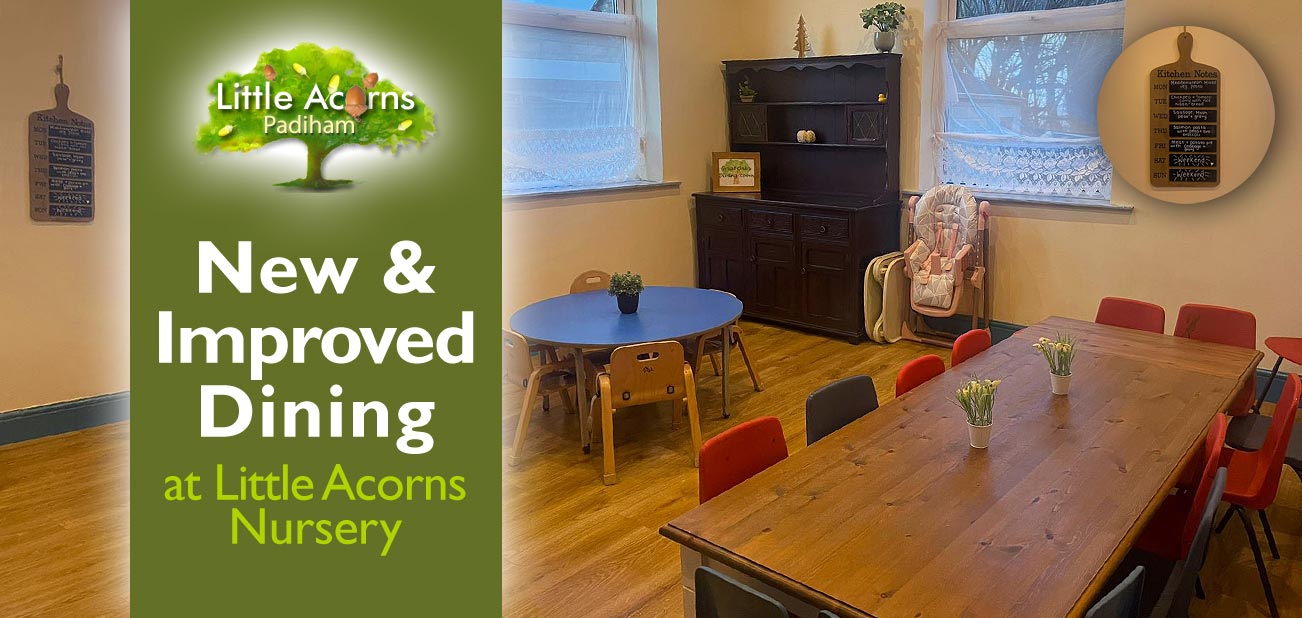
Recent months have seen some positive new changes at Little Acorns Nursery in Padiham, which will improve the lives and experiences of children at the setting. One such change is the implementation of a new, self-contained dining room, designed specifically to recreate the feel of family mealtimes. Today’s post explains how we went about it, what form the new dining room takes and, most importantly, how this new space will benefit the children under our care. We also cover our approach to the children’s food menu, which has been updated as part of our Healthy Child Programme. Let us know if you have any feedback!
The New Great Oaks Dining Room
 To make way for the new children’s dining room, an existing room at the setting was repurposed and totally revamped. Starting in Summer 2023, the contents of the existing room were sorted and relocated where needed, leaving a wonderful new space to use as the new ‘Great Oaks’ dining room. Walls, ceilings and skirting boards were prepared and freshened up with new paint. Attractive William Morris-style wallpaper was also hung on a ‘feature’ wall. Large canvas wall images were displayed to form interesting focal points and storage was added in the form of a large cabinet and a small cupboard. Large and small dining room tables and chairs were added for the different age groups along with high chairs, which will be close at hand whenever needed. All this sits on a durable floor with an attractive wood finish. All in all, the outcome is a pleasant home-from-home for children.
To make way for the new children’s dining room, an existing room at the setting was repurposed and totally revamped. Starting in Summer 2023, the contents of the existing room were sorted and relocated where needed, leaving a wonderful new space to use as the new ‘Great Oaks’ dining room. Walls, ceilings and skirting boards were prepared and freshened up with new paint. Attractive William Morris-style wallpaper was also hung on a ‘feature’ wall. Large canvas wall images were displayed to form interesting focal points and storage was added in the form of a large cabinet and a small cupboard. Large and small dining room tables and chairs were added for the different age groups along with high chairs, which will be close at hand whenever needed. All this sits on a durable floor with an attractive wood finish. All in all, the outcome is a pleasant home-from-home for children.
How the New Dining Room will Benefit Children
This new ‘Great Oaks’ dining room has been designed to benefit children in several specific ways…
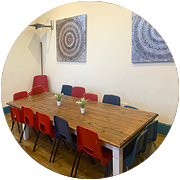 As well as simply being a pleasant and highly functional place for children and staff to eat and drink, the new space is designed to recreate family meals at home. Eating meals here with peers and childcare practitioners will have a cosy, homely, feel, rather like being part of an extended family. The space lends itself to a convivial atmosphere where children can recharge and relax as well as eat and drink.
As well as simply being a pleasant and highly functional place for children and staff to eat and drink, the new space is designed to recreate family meals at home. Eating meals here with peers and childcare practitioners will have a cosy, homely, feel, rather like being part of an extended family. The space lends itself to a convivial atmosphere where children can recharge and relax as well as eat and drink.- It’s a distraction-free environment too. When combined with the relaxed atmosphere, this allows free-flowing conversations and interactions to take place. Children can then discuss things like their interests, what they’ve been doing at home, what they have enjoyed at nursery, and so on.
- This opens up natural communication pathways between our children and practitioners, allowing staff to learn much more about each child’s likes, dislikes, areas of challenge, model language, and so on. By discovering such feedback, practitioners are then able to follow each child’s lead and build appropriate content, resources and activities into their learning environment and bespoke learning plan.
The Menu Board
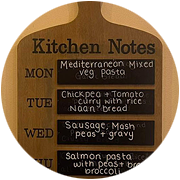 Another area of focus for one of the walls is the new chalk menu board. This is an attractive feature and one that communicates which delicious meal combinations our in-house chef has lined up for the week. Our practitioners talk children through the menu board each day to spark both interest and conversations with them. As well as being a great way to let them know what food to expect, the chalkboard menu is also another opportunity for little ones to begin to link letters to words and ultimately to real-life things that they’ll encounter.
Another area of focus for one of the walls is the new chalk menu board. This is an attractive feature and one that communicates which delicious meal combinations our in-house chef has lined up for the week. Our practitioners talk children through the menu board each day to spark both interest and conversations with them. As well as being a great way to let them know what food to expect, the chalkboard menu is also another opportunity for little ones to begin to link letters to words and ultimately to real-life things that they’ll encounter.
The Menu Itself
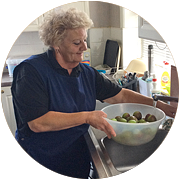 As part of our Healthy Child Programme, our menus were thoughtfully reviewed back in the summer of 2023. Through Kim, our talented in-house chef, children receive delicious, home-made meals, which are freshly made with high-quality ingredients. Kim ensures children receive a healthy and nutritious balance between meat, fish, vegetables and pulses.
As part of our Healthy Child Programme, our menus were thoughtfully reviewed back in the summer of 2023. Through Kim, our talented in-house chef, children receive delicious, home-made meals, which are freshly made with high-quality ingredients. Kim ensures children receive a healthy and nutritious balance between meat, fish, vegetables and pulses.
Our Approach to Serving
- To encourage and continually promote independence, Chef Kim serves components of the meals separately. This gives the children the opportunity to choose and, for older children, self-serve how much they would like of each type of food. This is approached in an age- and stage-appropriate way. Our older Seedlings, for example, will be supported in holding the large serving spoon and the portioning out of their meals. For children from the Little Acorns Room, the serving bowl is passed around the table with nursery practitioners supporting children if they need help.
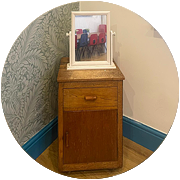 As well as promoting independence, this approach also encourages useful feedback from children in respect of any likes, dislikes or opinions that they may have about each meal.
As well as promoting independence, this approach also encourages useful feedback from children in respect of any likes, dislikes or opinions that they may have about each meal.
Self-Care
- We have also implemented a face washing station for the children. As well as promoting good hygiene, this encourages their development within the area of self-care, helps the children develop enhanced gross motor skills, and allows the children’s confidence to grow when faced with such new challenges.
Menu Examples
The menu at Little Acorns Nursery rotates on a 4-week basis. Here’s what’s on offer this term (Spring 2024):
All in all, the new dining experience at Little Acorns Nursery has been a huge success and it’s not just about how homely the newly refurbished room is. By allowing the children the freedom to serve themselves, we have noticed children are promoting good manners themselves, taking turns nicely, cooperating beautifully, and even helping other children who may require extra support. Above all, though, we have found that our children are now eating more at meal times — and that’s a wonderful outcome!
Little Acorns Nursery School, Padiham
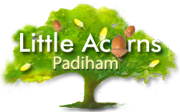 Little Acorns is a wonderful nursery and preschool located in Padiham, Lancashire, also serving nearby families from Hapton, Rose Grove, Burnley, Altham, Huncoat, Read, Simonstone, Sabden, Higham and Wood End. If you’d like your baby, toddler or preschooler to have the very best start in life, do get in touch to explore the possibility of them attending Little Acorns Nursery. We’ll make them feel right at home from the start and help to bring out the best in them. By helping them become the best version of themselves during their time with us, they’ll eventually leave us suitably prepared for school — and ready to thrive!
Little Acorns is a wonderful nursery and preschool located in Padiham, Lancashire, also serving nearby families from Hapton, Rose Grove, Burnley, Altham, Huncoat, Read, Simonstone, Sabden, Higham and Wood End. If you’d like your baby, toddler or preschooler to have the very best start in life, do get in touch to explore the possibility of them attending Little Acorns Nursery. We’ll make them feel right at home from the start and help to bring out the best in them. By helping them become the best version of themselves during their time with us, they’ll eventually leave us suitably prepared for school — and ready to thrive!
Get in touch today to discuss a nursery/preschool place for your child, arrange a guided tour of the setting, or ask any questions. We’re here to help and cannot wait to meet you and your little one!
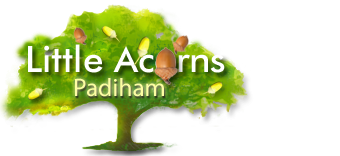
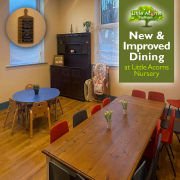
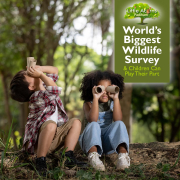
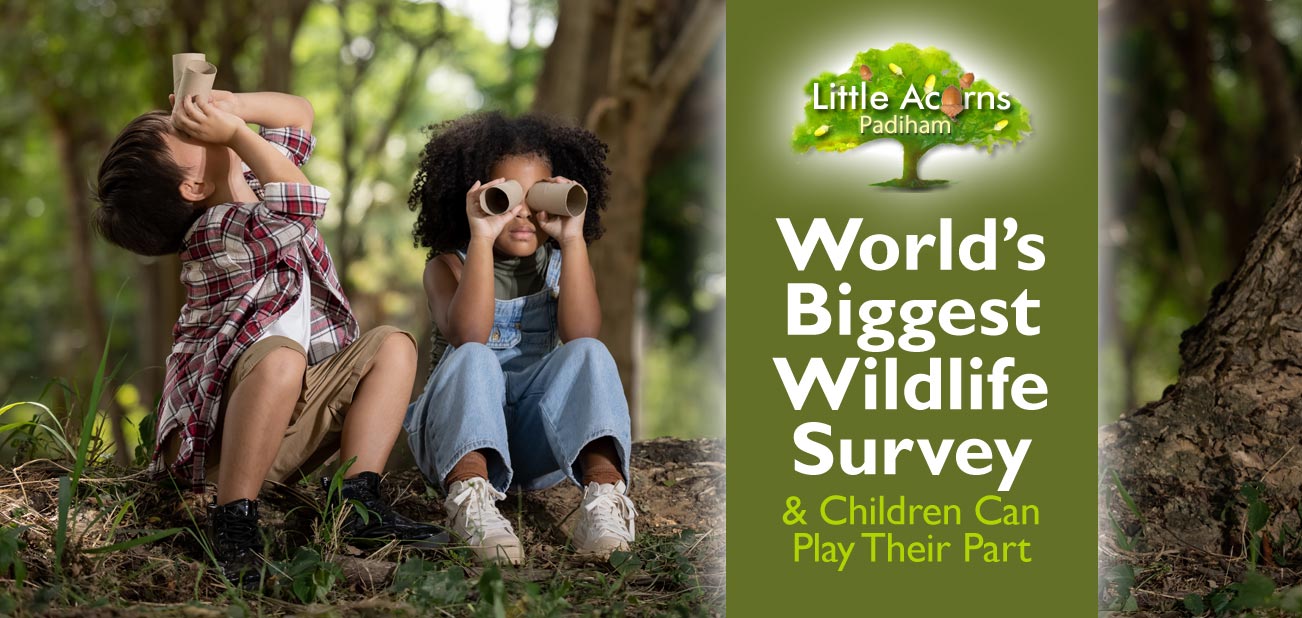
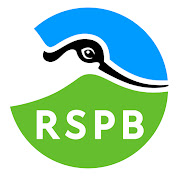 Children, adults, and whole families are gearing up to take part in the world’s biggest garden wildlife survey in early 2024. Organised by the RSPB (Royal Society for the Protection of Birds), the Big Garden Birdwatch requires just one hour of your time during late January 2024. It’s free, hugely worthwhile, and will benefit nature, conservation, and children themselves. So, why not set a date for your diary and take part? Today’s post explains how to enrol, what to do, and how it will benefit all parties involved.
Children, adults, and whole families are gearing up to take part in the world’s biggest garden wildlife survey in early 2024. Organised by the RSPB (Royal Society for the Protection of Birds), the Big Garden Birdwatch requires just one hour of your time during late January 2024. It’s free, hugely worthwhile, and will benefit nature, conservation, and children themselves. So, why not set a date for your diary and take part? Today’s post explains how to enrol, what to do, and how it will benefit all parties involved.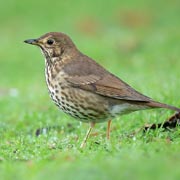 The Big Garden Birdwatch is designed to keep tabs on wild bird populations in the UK. It’s a survey that’s been undertaken across the UK every year since 1979 and allows the RSPB and conservationists to monitor whether any bird species are under threat. Sadly, survey findings in recent years have found this to be the case, with overall bird populations having declined by a staggering 38 million in the last 60 years. Song thrushes alone, for example, have declined by 80% and even the UK’s most populous bird species, House Sparrows, have declined by 57% since the survey began.
The Big Garden Birdwatch is designed to keep tabs on wild bird populations in the UK. It’s a survey that’s been undertaken across the UK every year since 1979 and allows the RSPB and conservationists to monitor whether any bird species are under threat. Sadly, survey findings in recent years have found this to be the case, with overall bird populations having declined by a staggering 38 million in the last 60 years. Song thrushes alone, for example, have declined by 80% and even the UK’s most populous bird species, House Sparrows, have declined by 57% since the survey began. The Big Garden Birdwatch is also a great way to get children outdoors, close to nature, and to introduce them to the concept of nature conservation. By taking part, children can contribute to bird conservation as well as directly benefit in a number of ways themselves. For example, they can
The Big Garden Birdwatch is also a great way to get children outdoors, close to nature, and to introduce them to the concept of nature conservation. By taking part, children can contribute to bird conservation as well as directly benefit in a number of ways themselves. For example, they can 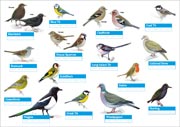 Enrolling your child or family into 2024’s Big Garden Birdwatch is easy and free. Simply
Enrolling your child or family into 2024’s Big Garden Birdwatch is easy and free. Simply 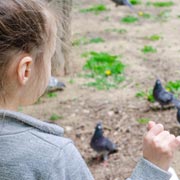 Decide on a natural spot where you’ll undertake your hour’s birdwatch. Your garden, local park or even a balcony will do fine.
Decide on a natural spot where you’ll undertake your hour’s birdwatch. Your garden, local park or even a balcony will do fine.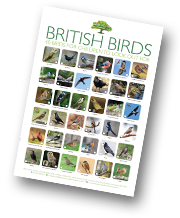 Enjoying Birdwatching?
Enjoying Birdwatching?